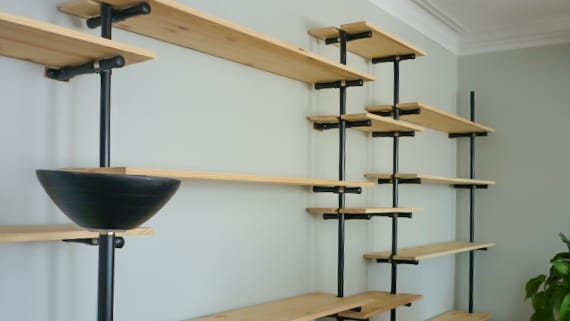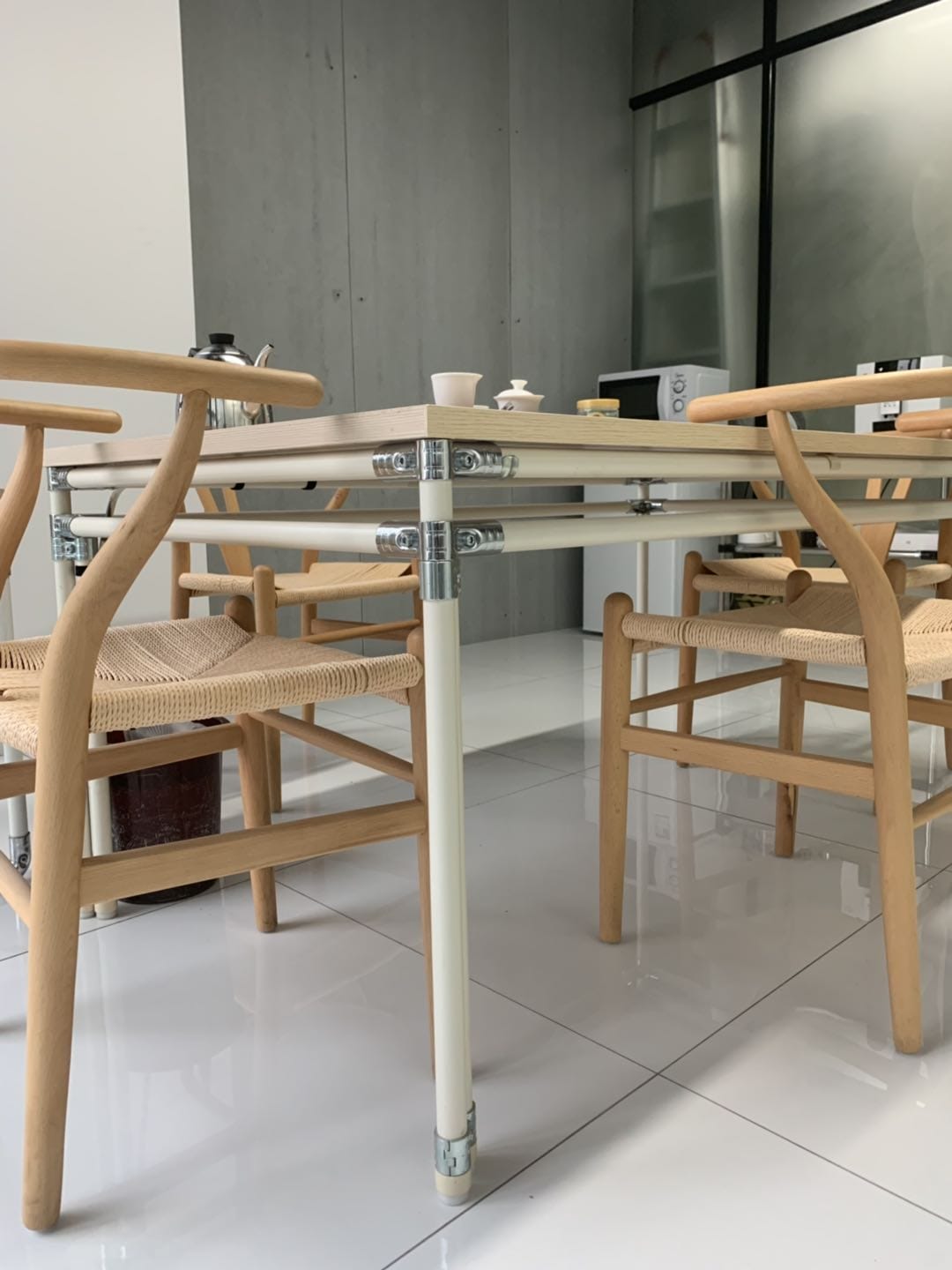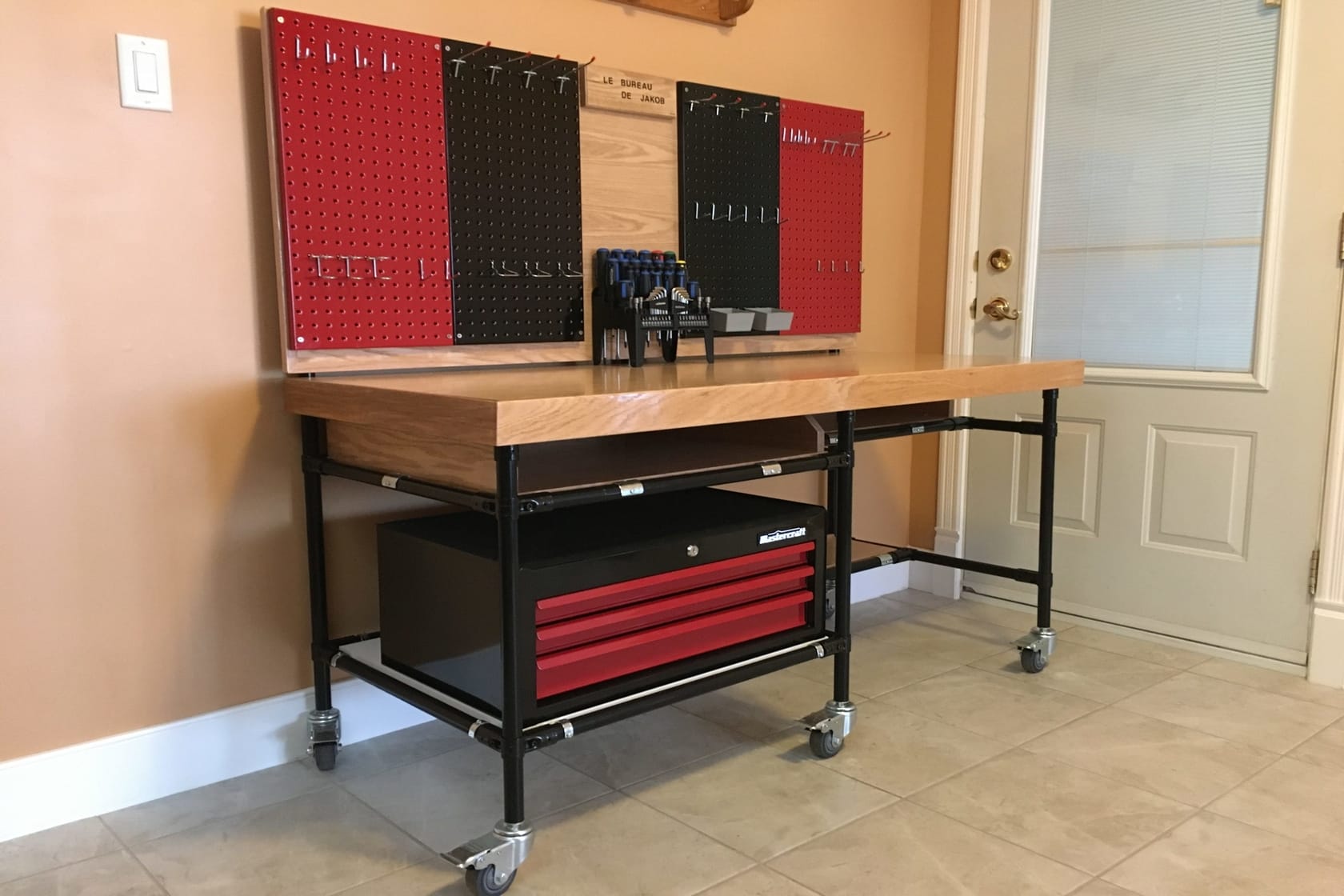
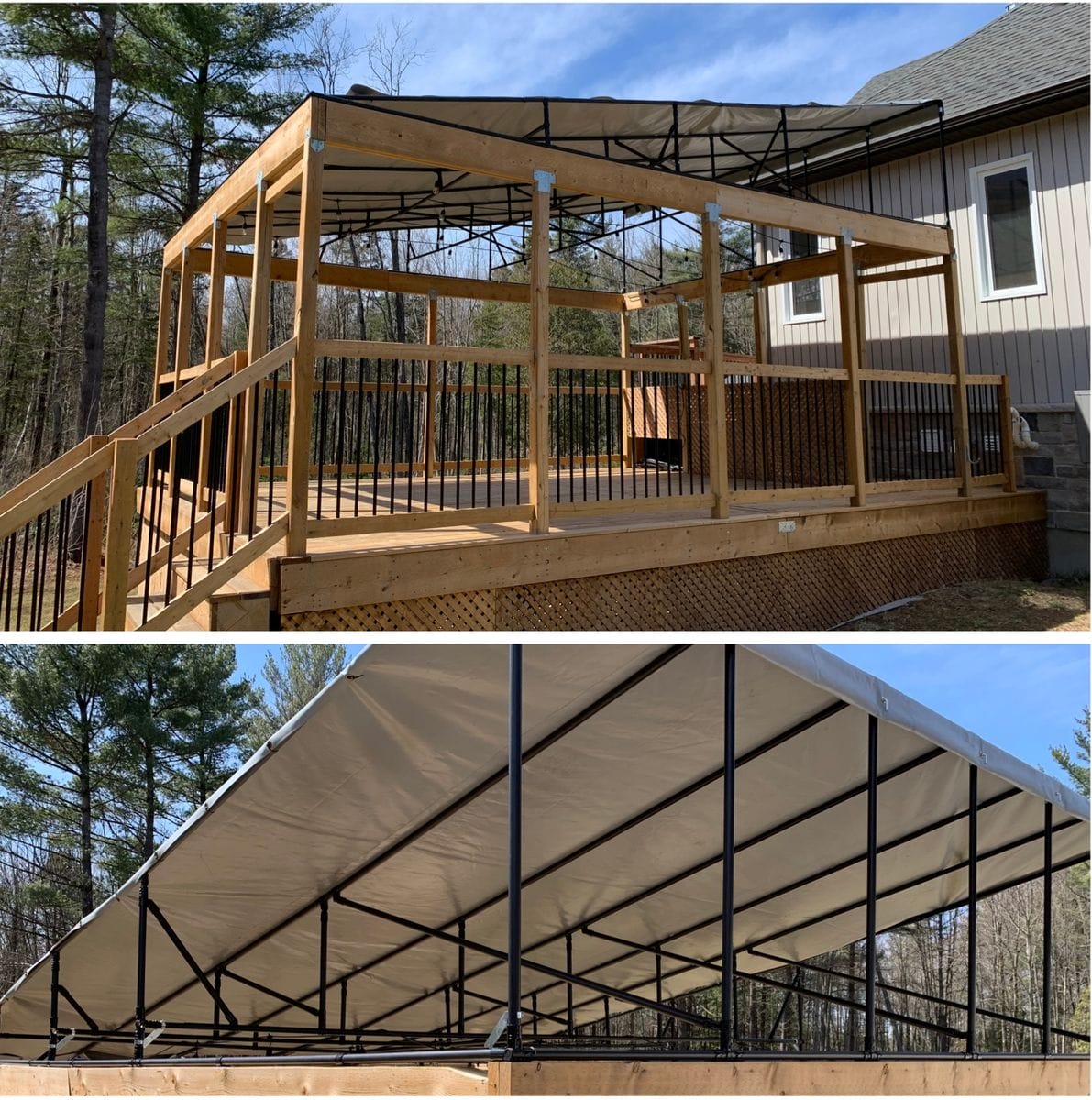
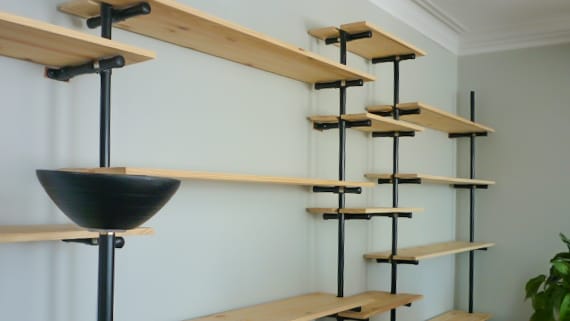
Have you ever heard the saying: “There are two types of DIYers in this world. The DIYers who love wood, and the DIYers who love tinktube.”? Me neither, I just made it up. Anyway, at some point in your DIYer’s ongoing quest for great material, you might find yourself pondering your options and wonder which would be best. The answer will often depend on many factors such as the characteristics of the project you’re working on, the tools you have on hand, the space available to build your project and so on.
Here is an overview of different aspects in a DIYer’s project journey and what’s to consider for both products!
Keeping a Tidy Work Environment:
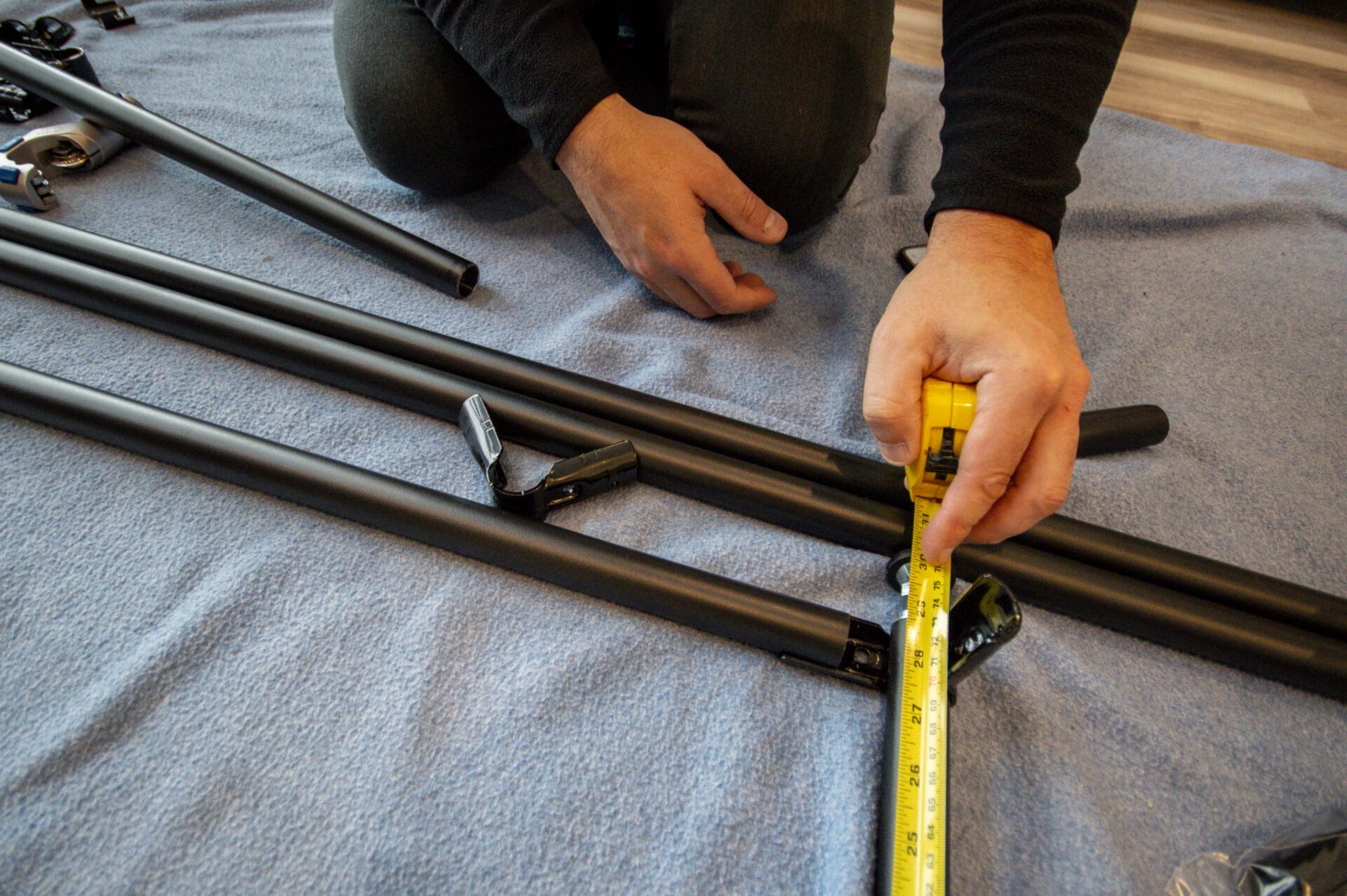
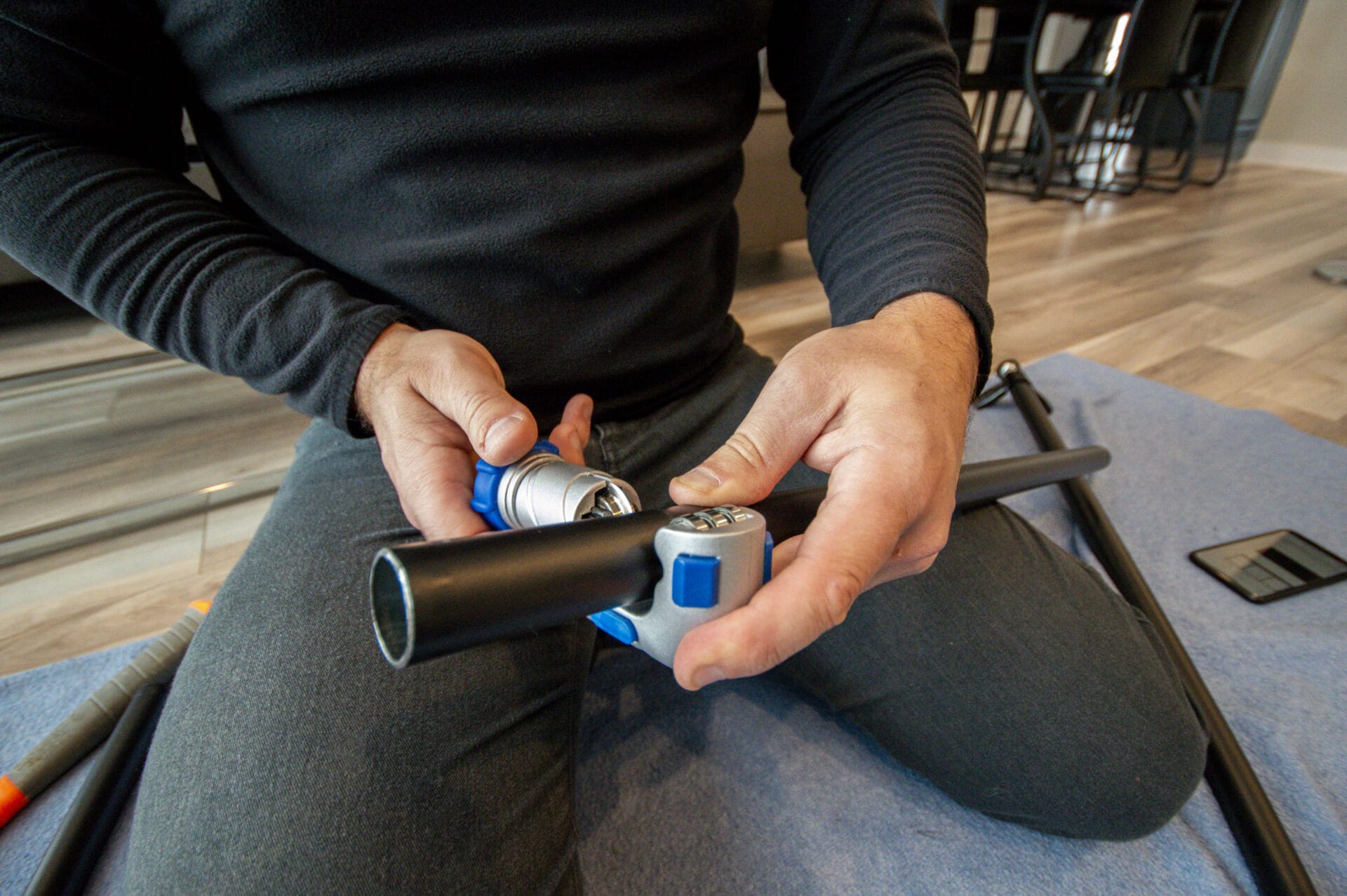
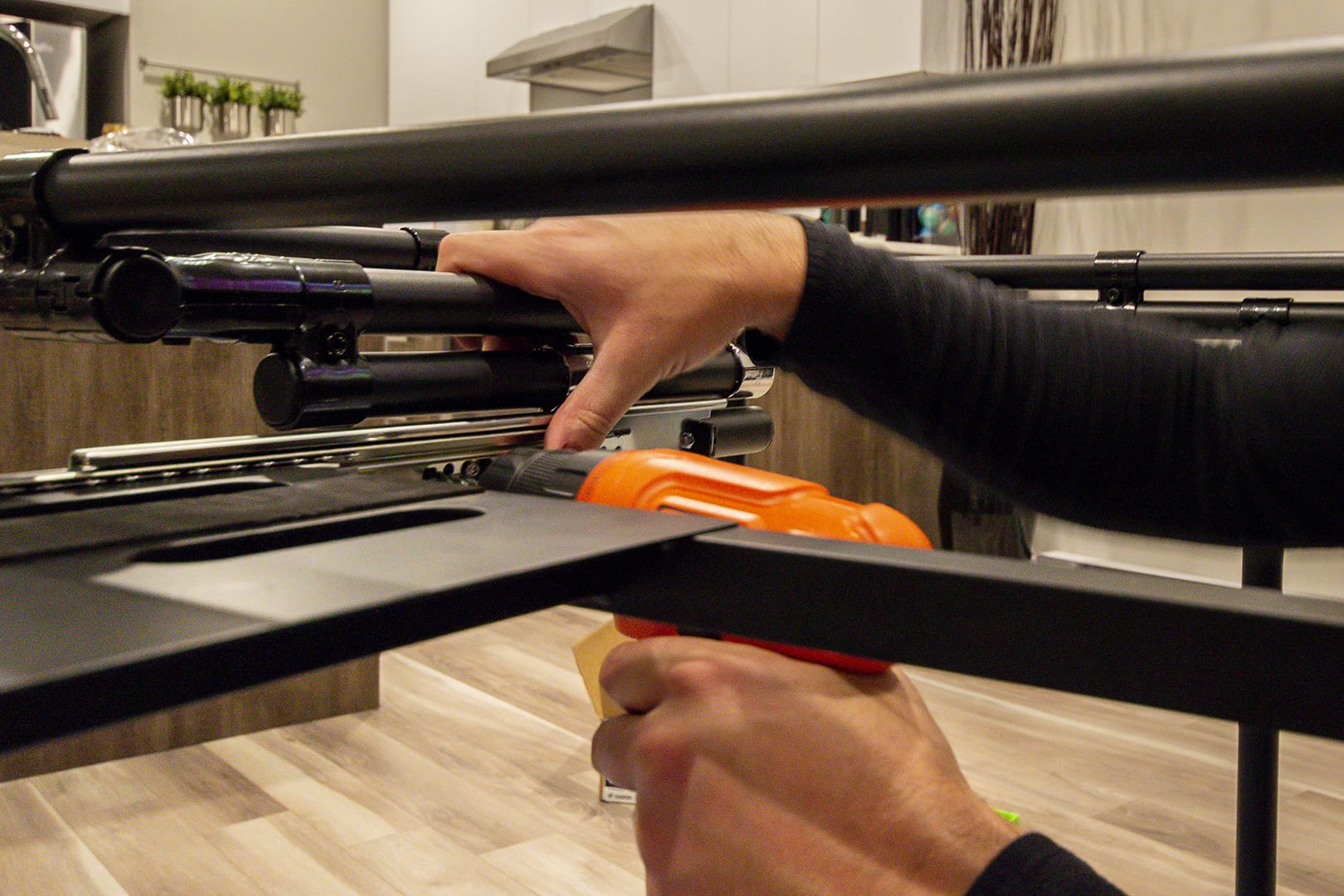
tinktube:
The steel pipes don’t leave much residue, even when you start cutting it to make your project. All you’ll need to tidy your workspace up after your typical tinktube project is done is a broom and dustpan!
Wood:
If you have to sand or saw the wood to build your project, you’ll have to deal with sawdust or other types of wood residue, making it a little harder to clean up afterwards and more time consuming!
Dealing with Toxic Fumes:
tinktube:
You don’t need any product to prepare the material -no treatment, sealer or anything- and you won’t need glue to fix everything together. It spares you from toxic fumes and therefore let’s you work anywhere, even in your small apartment or in your house!
Wood:
You might have to prepare the wood with a treatment and/or a sealer. Glue might also be necessary to fix the parts together. Therefore, you’ll probably prefer working in a workshop, a garage or an outdoor space to use those chemical products safely and avoid spillage in your home or the strong scent lingering for days after using them.
The Tools You’ll Need to Build Your Project:
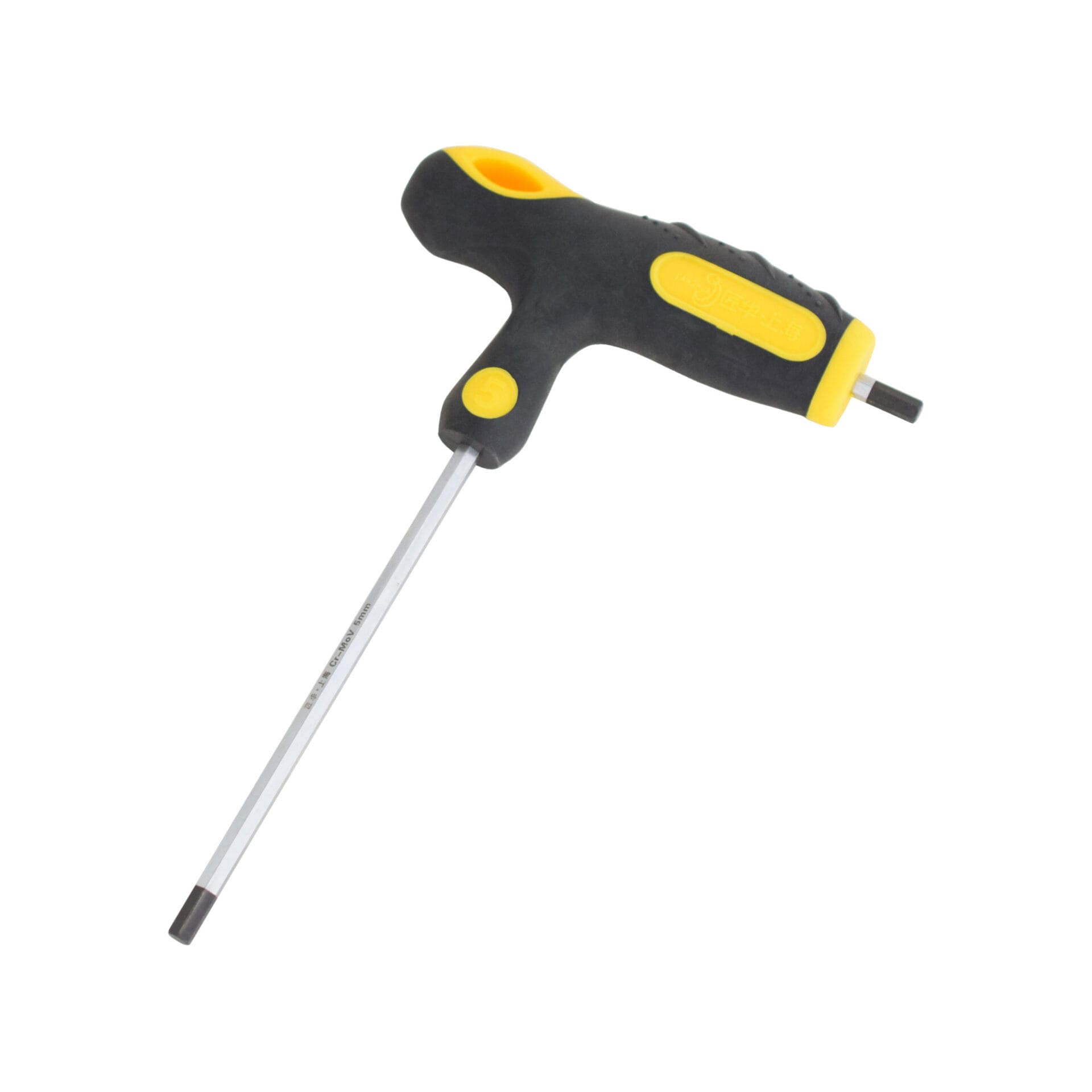
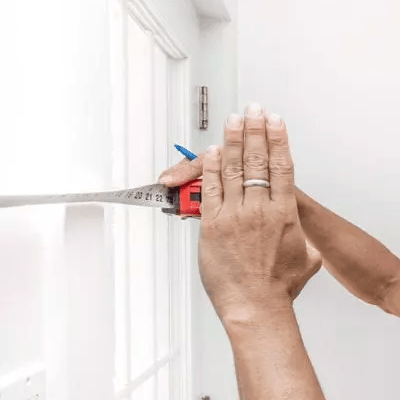
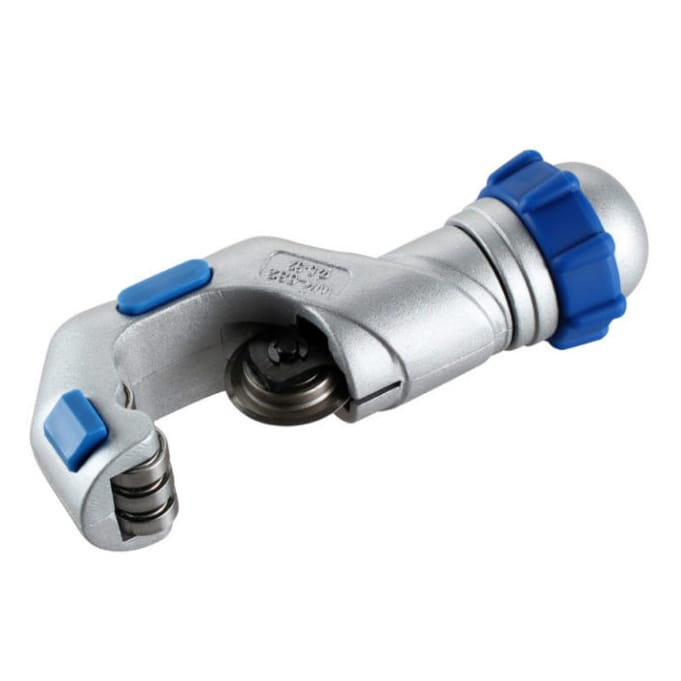
tinktube:
You won’t need big equipment or any special tool to work with tinktube: for most projects, you’ll be able to assemble the different parts with an allen key (ikea style), a pipe cutter, a measuring tape and a screwdriver. If you want to add surfaces to your tinktube project (if you’re building a big shelving system, for example) you might need a drill with different drivers. You’re building a rolling shelving unit? Wheels will be easy to install without any tools.
Wood:
Woodworking generally requires a little more equipment. A table saw, a hand saw, a circular saw, different kinds of sanders -block sander, palm sander, belt sander ideally- and different sizes of wood clamps are a must when you want to be able to work on your projects easily. These pieces of equipment can take up a lot of space and are expensive to buy!
Crafting and Building 101: Getting in the Game for Beginners
tinktube:
Getting used to working with tinktube is easy: the fact that the material is basically ready to assemble when it reaches your doorstep makes it easier to start building projects right away, therefore saving time and energy to get even more creative!
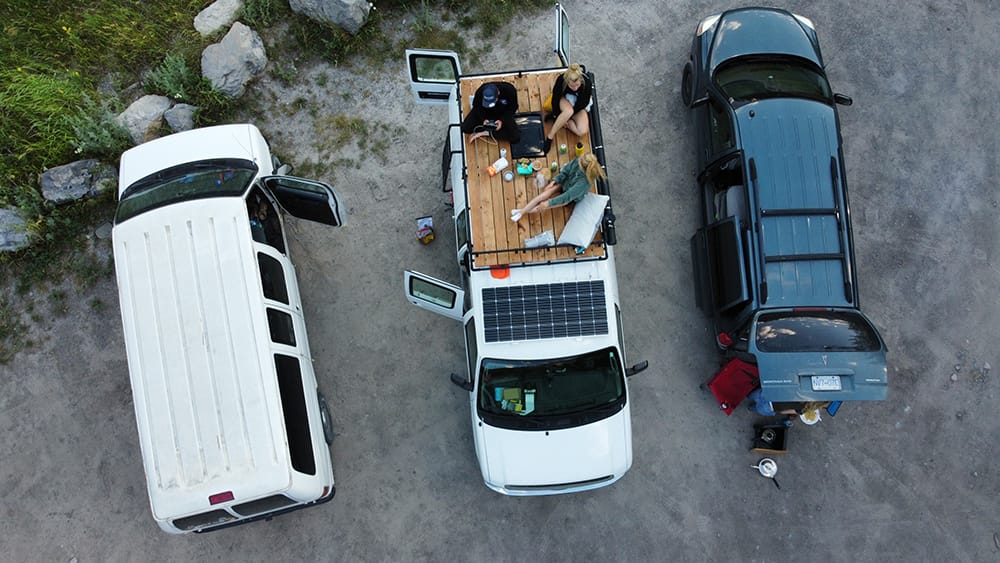
Wood:
Because of the many steps involved in the preparation of the material before even starting to build your project, wood is typically more of a savvy craftsman’s game. The tools and equipment involved in woodworking might also make it more complex to start big projects right away.
Adapt this project with the tinkpad!
Draw your project with this free printable tool which includes an isometric grid and our best tips to get started.
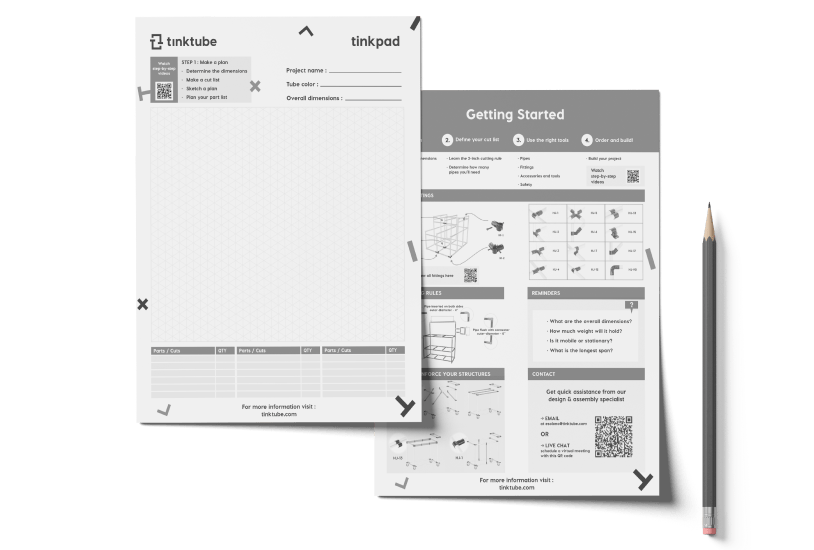
The Environmental Side of Things
tinktube:
The modular aspect of tinktube makes it a great option for anyone looking for an environmentally friendly material to build their project. Why, you may ask? First, it’ll be easy to disassemble any tinktube project and reuse the same pipes and connectors to create a whole new structure over time. For example: You could make the structure of your newborn’s baby crib with tinktube. When your child gets older, you could then recycle the pipes and connectors to make a baby park… which could then become a coffee table later on! The possibilities are endless, and the material stays intact through the disassembling process, which makes recycling the same tinktube products over and over very easy.
The durability of the product is also a focus point: steel and metal deterioration in time is minimal, which means you won’t have to throw away a whole project and buy new material to create it again: anything you built with tinktube will most likely stand the test of time! Let’s be real: you’ll probably get tired of seeing your tinktube creation around before it deteriorates.
Wood:
Wood is produced from trees, a naturally renewable resource, which automatically makes it an environmentally friendly choice. When comparing woodworking and tinktubing from an ecological point of view, the main difference is in the durability of both products. Wood structures must be treated and taken care of over time if you want to make sure they’ll stay in good shape. It also might be a little harder to recycle parts of a wood structure in different projects, because of the damage that will likely be caused to the wood in the disassembling process.
Working with wood AND tinktube: the best of both worlds
While it takes more time and knowledge to work with wood, the product adds a unique, warm and natural tone to any project. For the technical part, I personally feel like most DIY projects will be easier to build with tinktube. Mixing up wood and tinktube in one project is probably the best solution as a general approach in most projects.
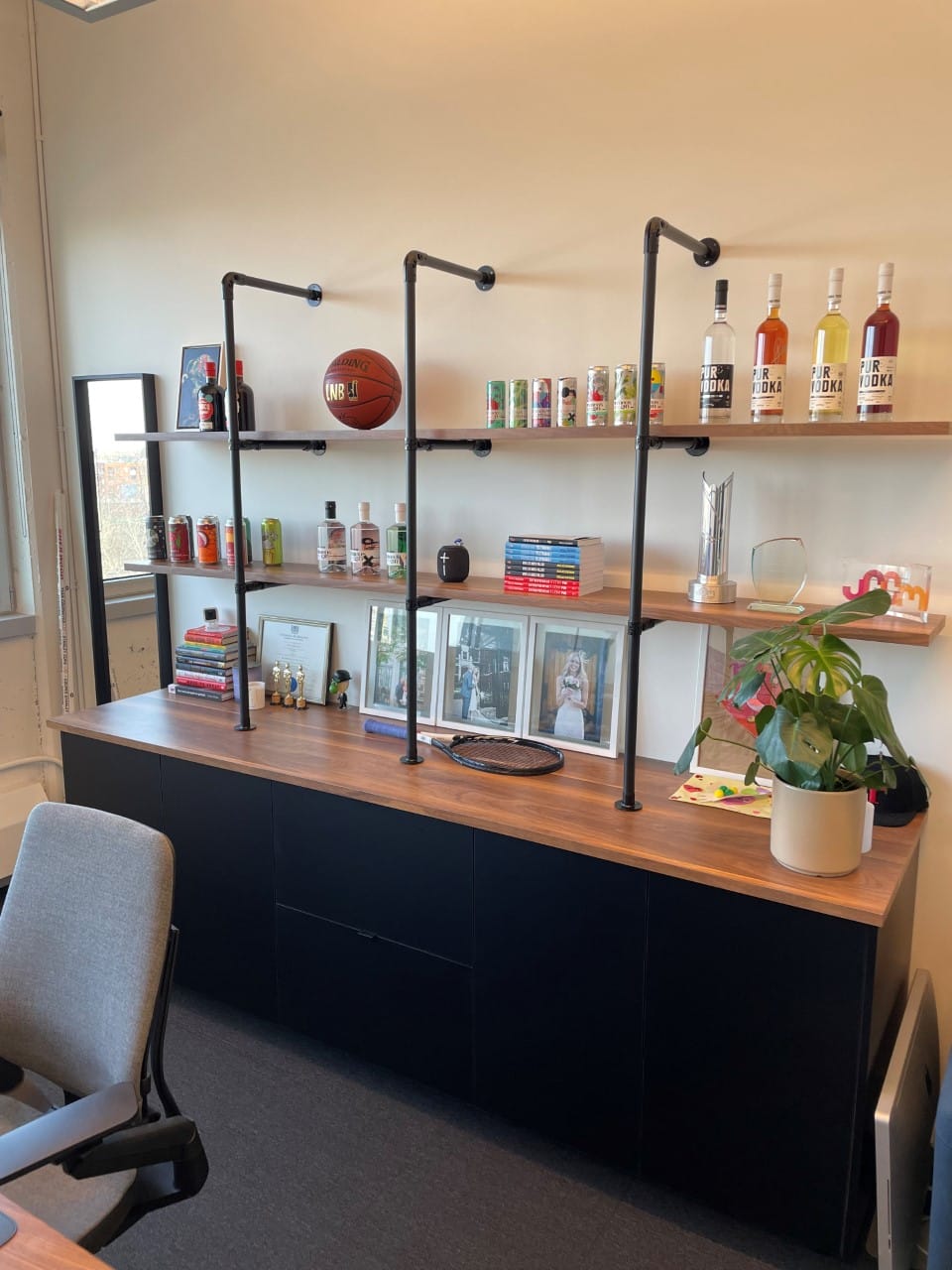
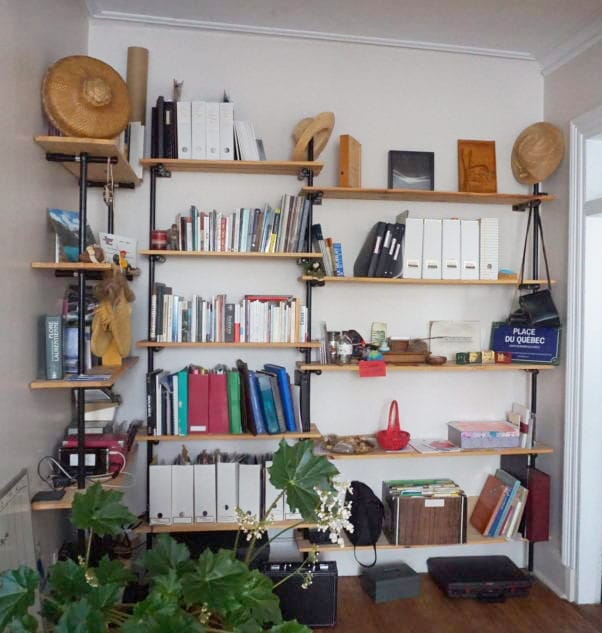
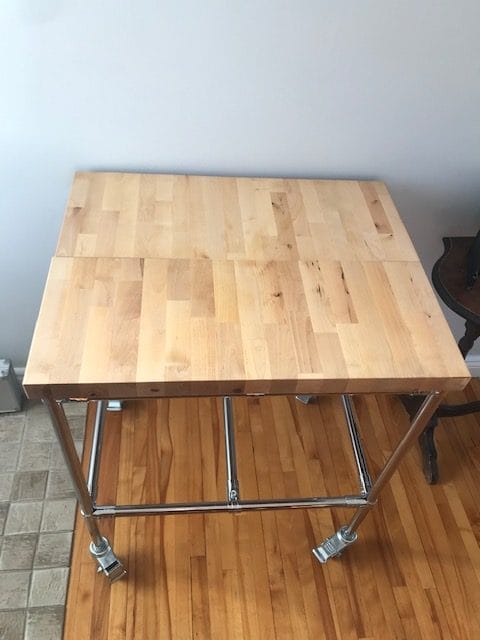
For the technical part, you’ll easily be able to save some time and energy using tinktube. For the looks, you’ll get a great mix of industrial style with tinktube and the warm, natural tone with the wood to balance it out!
That’s it for now guys, take care and keep on tinktubing!




